With dozens of varieties available, the first question most beginners ask is simple: What are the best lettuce varieties to grow if you’re just starting?
Loose-leaf lettuces are the most beginner-friendly, followed closely by romaine, butterhead, and a handful of heat-tolerant or container-specific varieties that make the process even easier.
But choosing the right lettuce is about more than just planting something easy. Each variety offers different benefits some grow faster, some handle heat better, and others have the crunch or texture you prefer for salads.
Loose-Leaf Varieties (Fast Growing and Foolproof)
If you’re completely new to gardening, loose-leaf lettuce should be at the very top of your list. These varieties don’t form tight heads, which means they mature quickly and are extremely forgiving. Even if you make a few mistakes, and every beginner does, you’ll still get a harvest.
Why Loose-Leaf Lettuces Are Perfect for Beginners
- Fast harvest time, many are ready in 30-45 days.
- Cut-and-come-again style: trim the leaves, and the plant keeps producing.
- Grow in almost any container or soil type.
- More resistant to pests and disease than heading lettuces.
Top Loose-Leaf Varieties to Grow
1. Black-Seeded Simpson
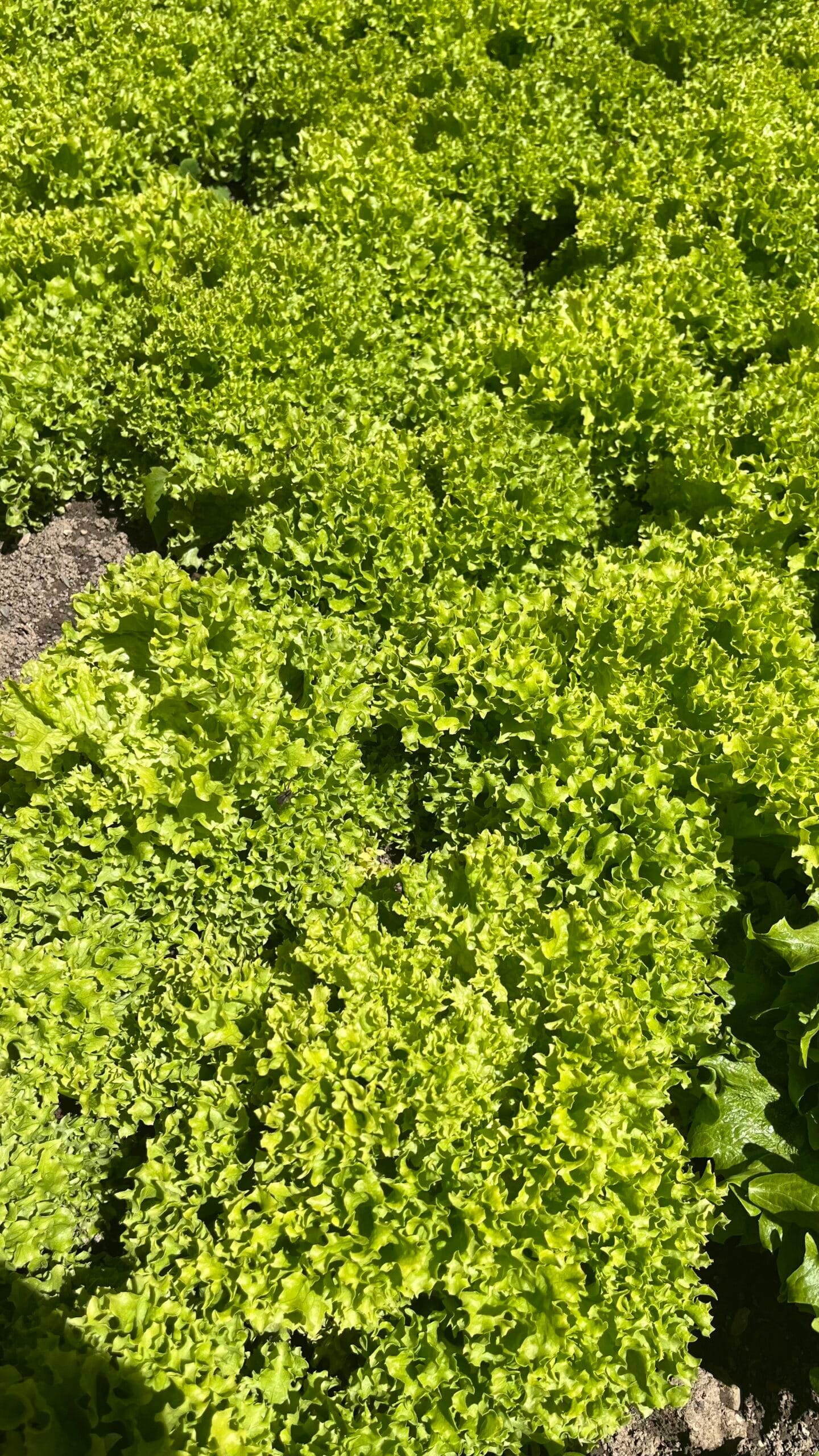
A classic, and for good reason. It handles cooler weather well, grows incredibly fast, and produces light-green, tender leaves with a mild flavor. It’s an excellent choice if you want early success and continuous harvests.
2. Red Sails

This variety adds color to your garden with its deep burgundy leaves. It resists bolting better than many loose-leaf types, which means it won’t go bitter quickly when the weather warms. Perfect for spring and early summer gardens.
3. Oak Leaf (Green or Red)
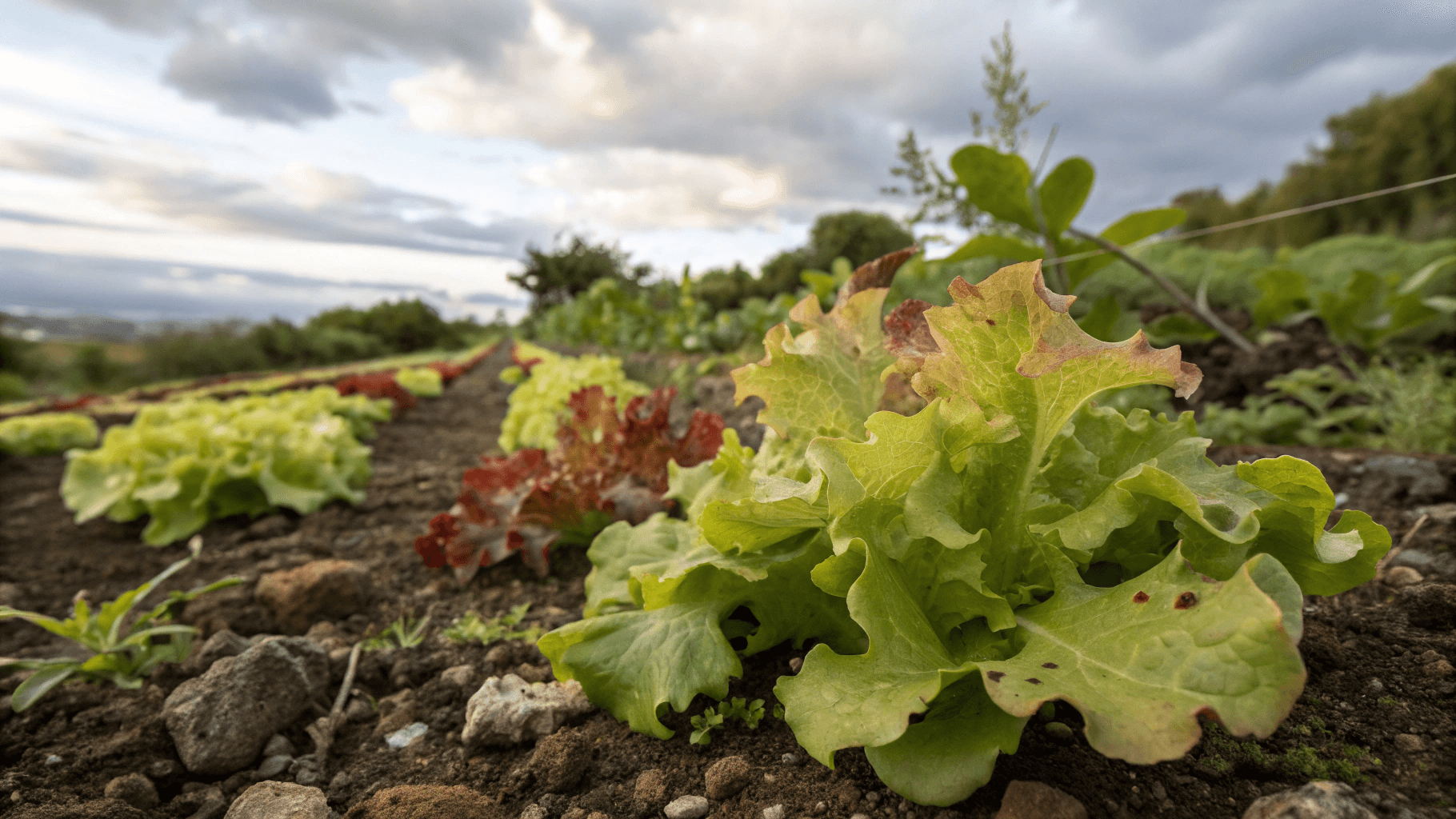
With its lobed, oak-like leaves, this lettuce looks fancy but is extremely low-maintenance. It grows well in both garden beds and containers and it’s one of the easiest varieties to harvest repeatedly.
4. Salad Bowl Lettuce
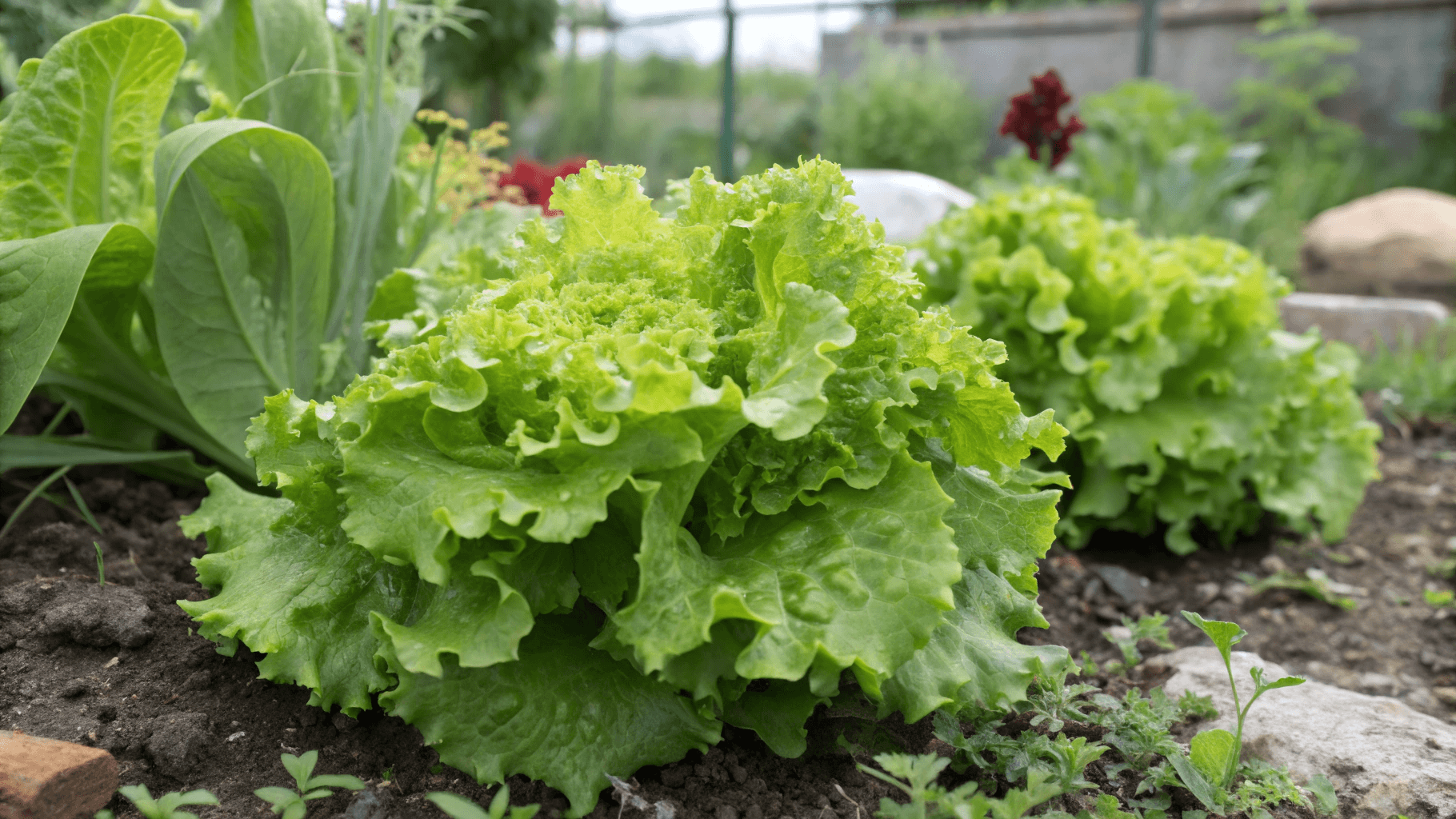
If you want a variety that stays tender for longer, Salad Bowl is a great choice. It’s heat-resistant, productive, and ideal for cut-and-come-again harvesting.
Loose-leaf lettuces are especially ideal for people with limited space or those starting small. Even a shallow pot near a sunny window can support a thriving loose-leaf plant.
Romaine Varieties (Crisp and Crunchy)
Romaine lettuce takes slightly longer to mature than loose-leaf varieties, but the payoff is worth it: crunchy texture, upright growth, and a classic flavor perfect for Caesar salads.
Why Choose Romaine
- Still easy to grow, but produces structured heads.
- More tolerant of warm weather than many lettuces.
- Grows upright, which helps prevent soil splashing and rot.
- Provides excellent texture for salads and sandwiches.
Best Romaine Varieties
1. Little Gem
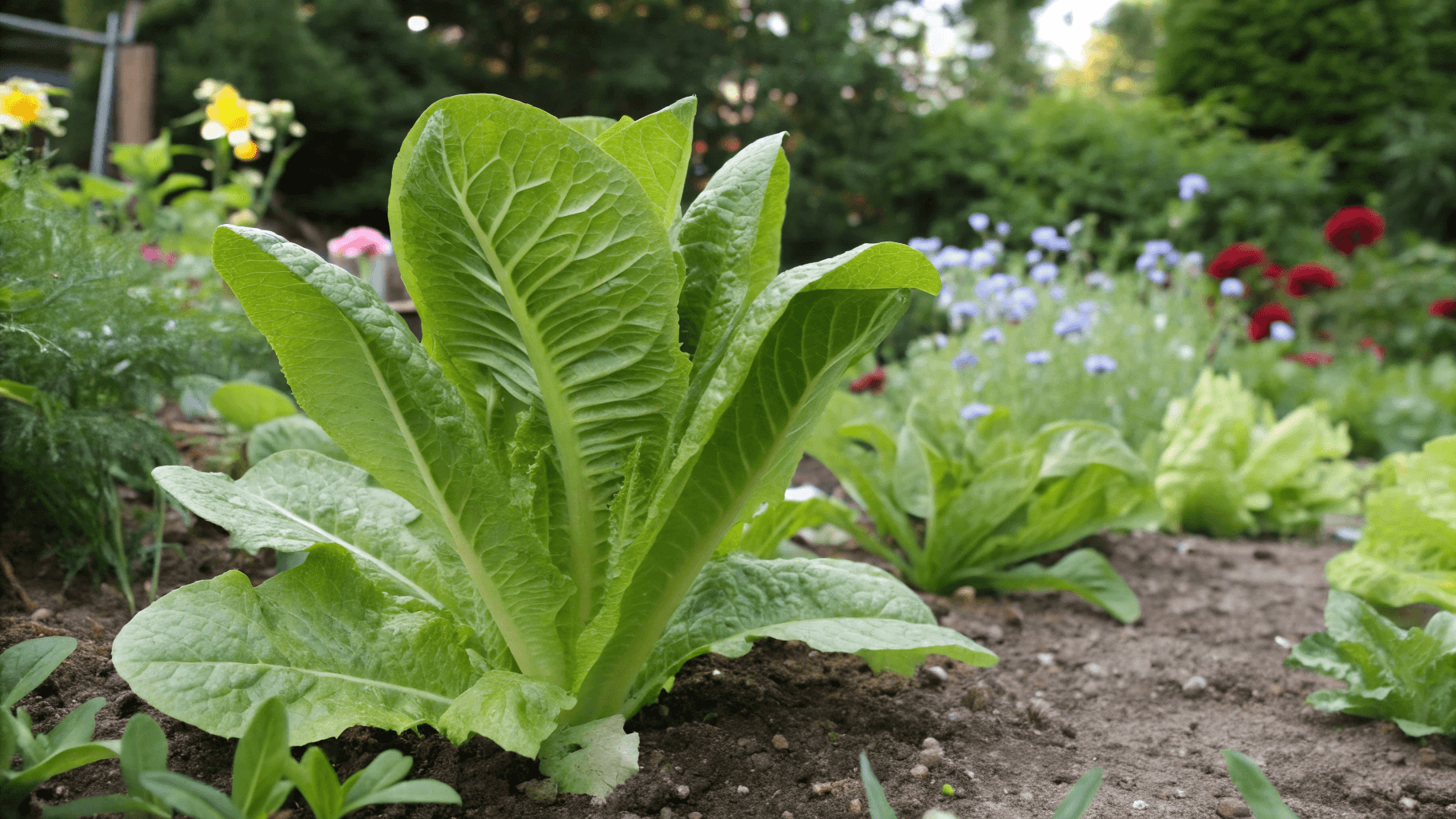
Often called a “mini romaine,” Little Gem is compact, sweet, and one of the fastest-growing romaine types. It’s perfect for small gardens and containers.
2. Parris Island Cos

This variety is famous for its classic romaine crunch. It’s reliable, productive, and handles a wide range of temperatures. If you want a dependable romaine, this is it.
4. Romaine Rouge d’Hiver

This beautiful French heirloom turns red-bronze in cool weather and stays tender throughout the season. It’s flavorful, eye-catching, and great for early spring or fall gardens.
Romaine lettuces can take more space, but they’re still very manageable, especially if you sow seeds closely and thin later. They also tend to resist pests better than soft-leaf varieties.
Butterhead Varieties (Soft and Sweet)
Butterhead lettuce is known for its tender, almost creamy texture. If you love soft salad greens with a slightly sweet flavor, these varieties will make you obsessed.
Why Butterhead Lettuces Are Beginner-Friendly
- They form loose, open heads, easier than growing tight iceberg lettuce.
- Many varieties tolerate a bit of shade.
- They stay sweet longer and resist bitterness well.
- The leaves have a luxurious texture that feels “gourmet.”
1. Buttercrunch
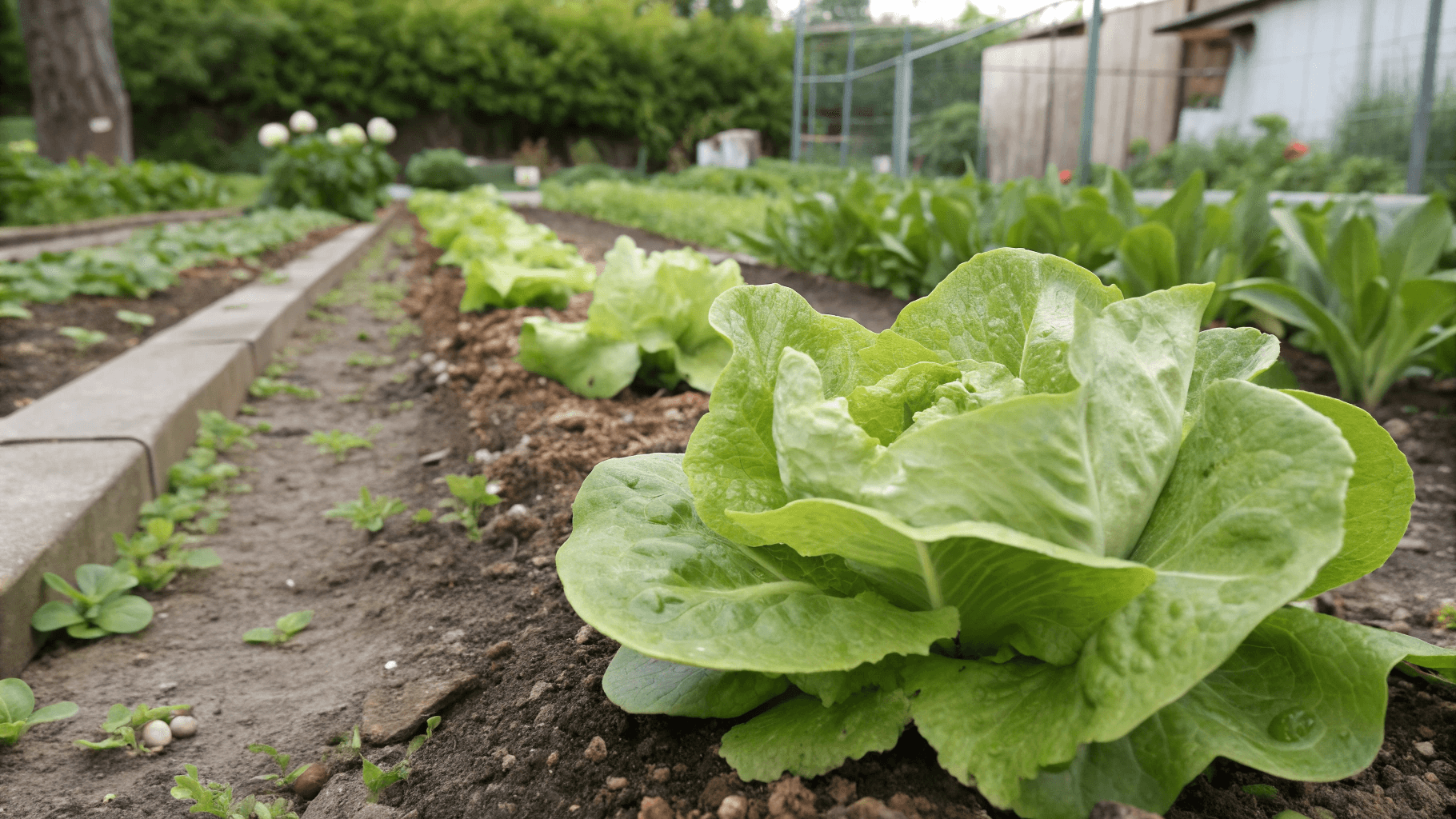
This is one of the most popular lettuce varieties for home gardeners. It tolerates heat slightly better than other butterheads and forms compact, delicious heads with soft leaves and crunchy centers.
2. Bibb Lettuce

Named after its creator, John Bibb, this variety produces classic, cup-shaped leaves with a buttery texture. It thrives in cool weather and tastes incredible in sandwiches or wraps.
3. Tom Thumb
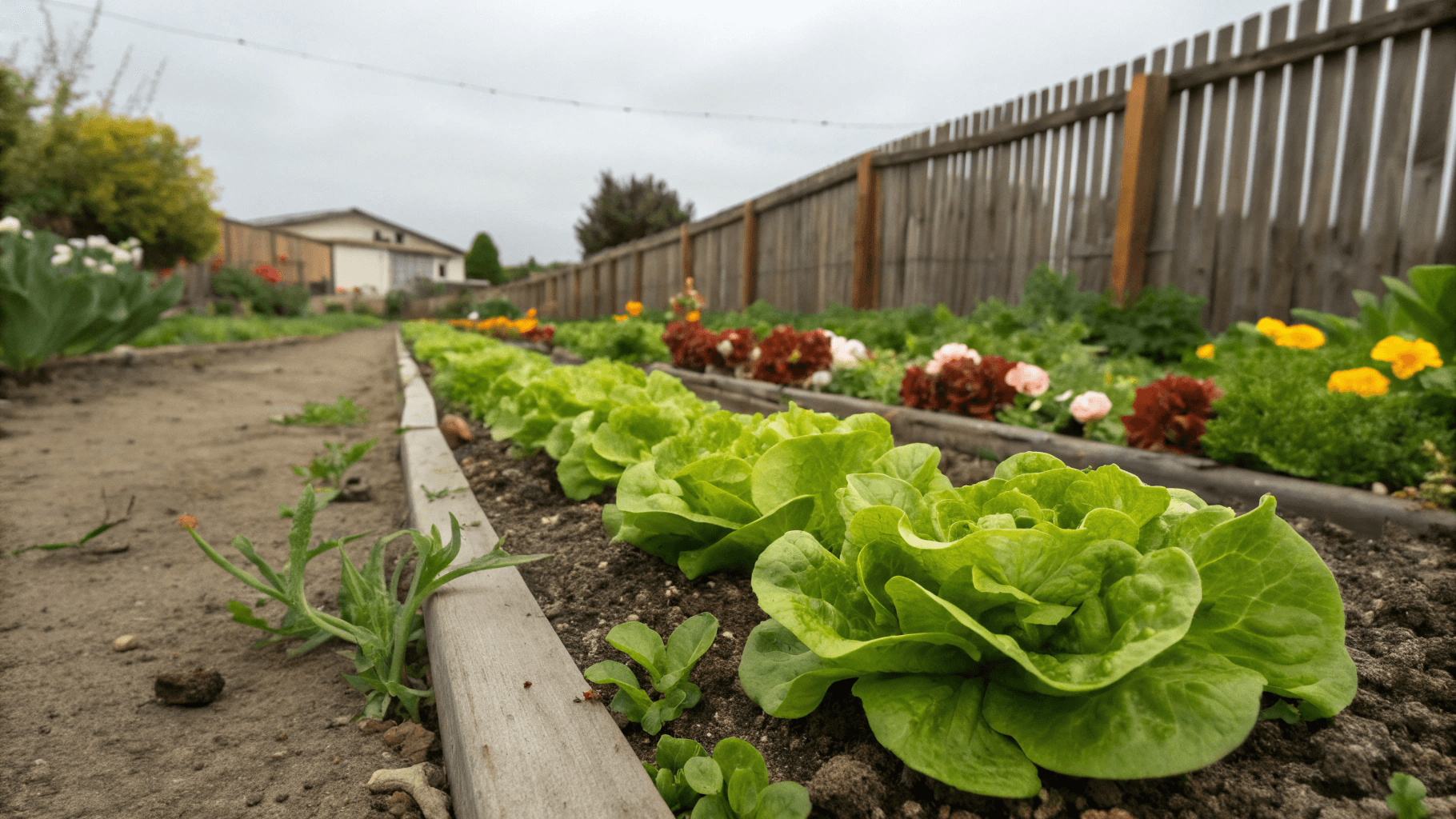
Perfect for containers, this tiny butterhead forms personal-size heads. It matures quickly, requires minimal space, and is ideal for small gardens.
4. Boston Lettuce
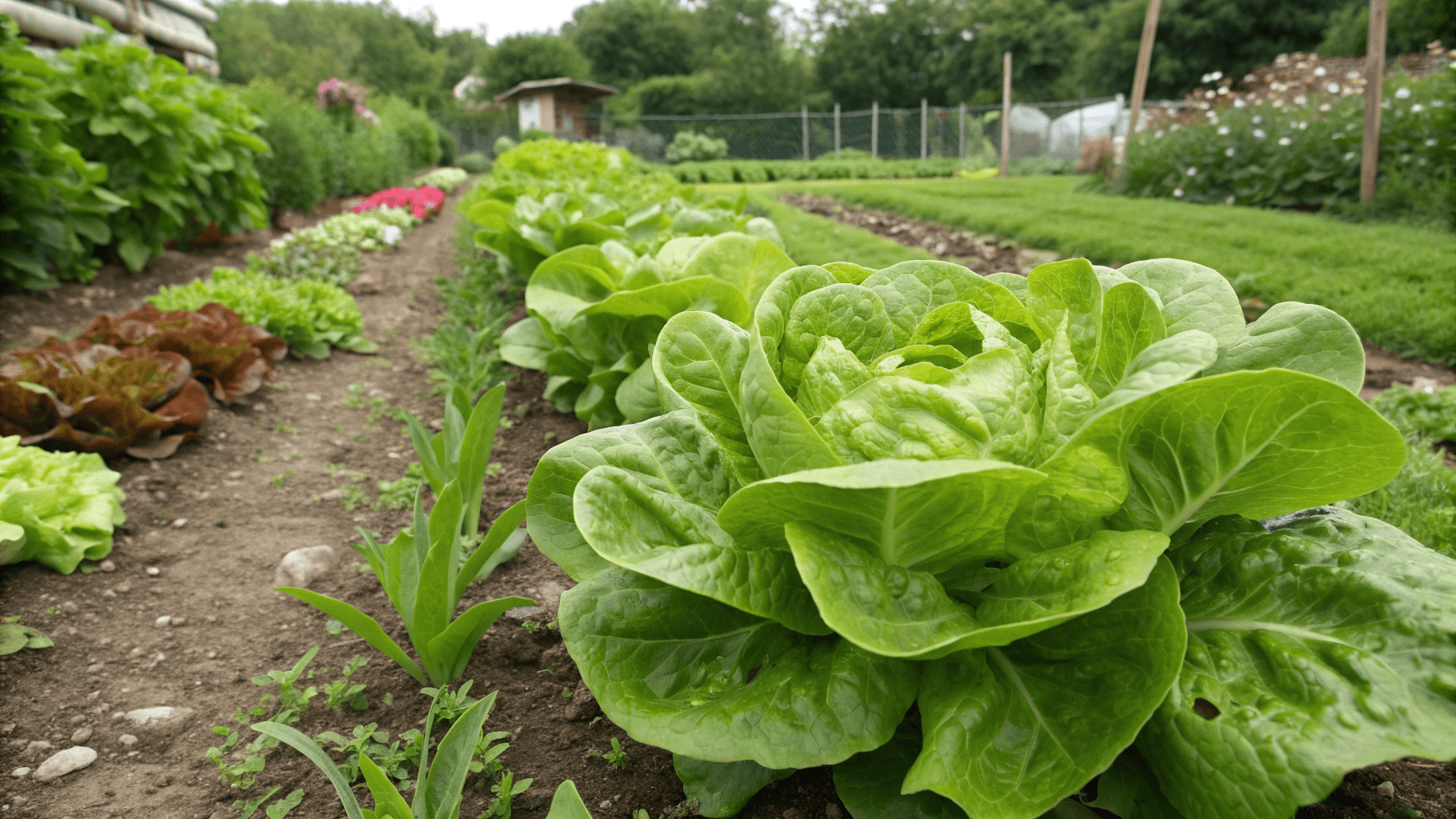
A traditional market variety, Boston lettuce produces larger, looser heads and has a mild, sweet taste. It’s easy to grow and forgiving if you overwater or underwater slightly.
Butterhead lettuces do appreciate consistent watering, but as long as your soil drains well, they’re very manageable for beginners.
Heat-Tolerant / Slow-Bolting Varieties
One of the biggest challenges with lettuce is heat, once temperatures rise, lettuce tends to “bolt,” sending up a flowering stalk and developing a bitter taste.
If you live in a warm climate or want to grow lettuce in summer, choosing slow-bolting or heat-resistant varieties is essential.
Heat-Tolerant Varieties
1. Muir (Loose-Leaf)
Often called the most heat-tolerant lettuce in the world, Muir produces bright green, crispy leaves that resist bolting longer than almost any other variety.
2. Nevada (Batavian / Summer Crisp)
Although not as widely grown, Nevada is fantastic for warm climates. It forms semi-crisp heads, stays sweet, and rarely turns bitter.
3. New Red Fire
A stunning red loose-leaf variety, New Red Fire is slow to bolt and produces large amounts of colorful leaves that stay tender for weeks.
4. Summer Bibb
If you love butterhead lettuce but live somewhere hot, Summer Bibb offers excellent resistance to bolting while maintaining the classic butterhead softness.
How to Grow Lettuce in Warm Weather
- Provide partial shade during afternoon heat.
- Water consistently to keep soil cool.
- Choose light-colored containers to avoid heat absorption.
- Use mulch to conserve moisture and regulate temperature.
If your garden gets full sun most of the day, heat-tolerant lettuces can save your harvest and keep your salads tasty all season long.
Best Lettuce Varieties for Containers
Container gardening has become incredibly popular, especially for people growing on balconies, patios, or small urban spaces. Lettuce is one of the most container-friendly crops you can grow.
What Makes a Lettuce Good for Containers?
- Compact growth habit
- Quick maturity
- Ability to harvest repeatedly
- Tolerance for slightly warmer soil
Loose-leaf and mini-head varieties dominate this category.
1. Little Gem (Mini Romaine)
Its upright shape and small footprint make it ideal for small pots. Even a 6-8 inch container works.
2. Tom Thumb (Mini Butterhead)
This adorable mini variety creates palm-sized heads and thrives in compact spaces.
3. Salad Bowl (Loose-Leaf)
Because it produces heavily and doesn’t take much root space, Salad Bowl is a perfect match for window boxes and small containers.
4. Mesclun Mixes
While not a single variety, mixed seed blends are great for containers. They produce continuous harvests in a small footprint and add lots of flavor diversity.
5. Red Sails
Its loose growth habit and heat tolerance make it a great decorative option for porch planters, and it tastes as good as it looks.
Conclusion
Once you choose the right varieties, whether it’s loose-leaf, romaine, butterhead, or a heat-tolerant type, you will find that lettuce is one of the easiest crops to start with.
Begin with a few reliable favorites, give them regular water, and enjoy fresh greens in just a few weeks. With the right choices, your garden will stay productive all season long.

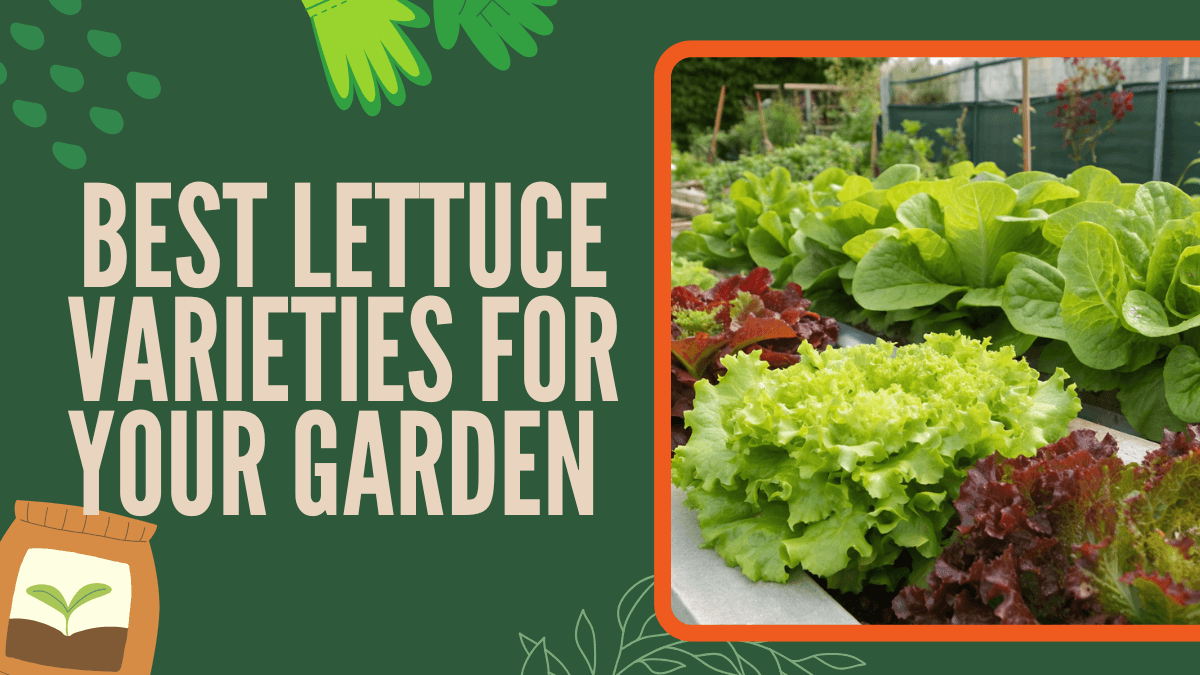
 ChatGPT
ChatGPT
 Perplexity
Perplexity
 Claude
Claude

Leave a Reply